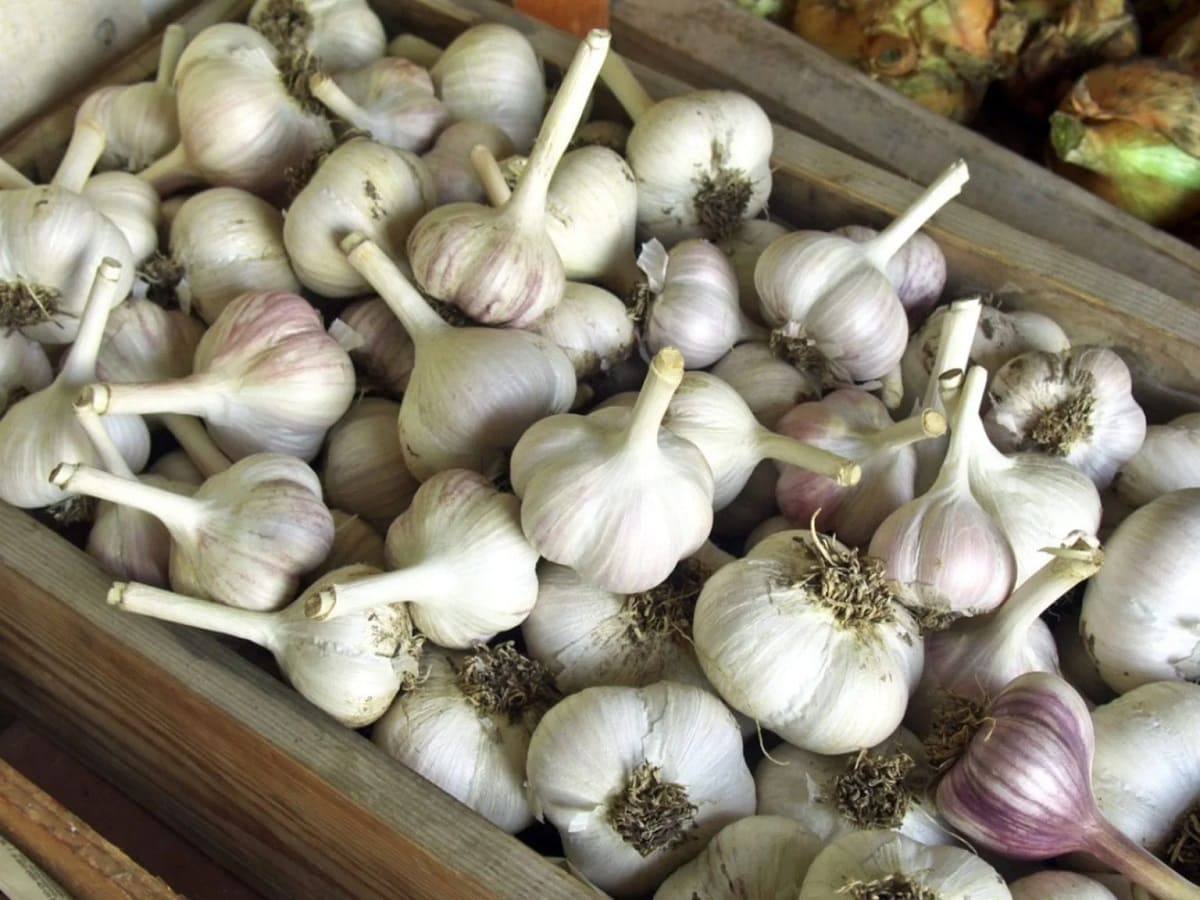

Articles
How To Store Hardneck Garlic
Modified: February 23, 2024
Learn how to properly store hardneck garlic with our informative articles. Keep your garlic fresh and flavorful for longer periods of time.
(Many of the links in this article redirect to a specific reviewed product. Your purchase of these products through affiliate links helps to generate commission for Storables.com, at no extra cost. Learn more)
Introduction
Garlic is a versatile ingredient used in countless culinary preparations, known for its distinct flavor and numerous health benefits. If you’re a garlic enthusiast or simply have an abundance of it, proper storage is essential to maintain its freshness and quality. This article will guide you through the process of storing hardneck garlic, ensuring that it remains flavorful and usable for an extended period.
Hardneck garlic varieties, such as Rocambole, Porcelain, and Purple Stripe, are known for their robust flavor and large cloves. Unlike softneck garlic, which is commonly found in grocery stores and has a longer shelf life, hardneck garlic requires specific storage conditions to prevent premature sprouting and maintain its taste.
Choosing the right garlic storage method is crucial to preserving its flavor and prolonging shelf life. Whether you prefer storing garlic in a dry environment, preserving it in oil, or keeping it in the freezer, each method has its pros and cons. By understanding the options available, you can select the method that best suits your needs and preferences.
Preparing garlic for storage is an essential step to ensure its longevity. Properly curing the garlic helps to dry the outer layers and create a protective barrier, preventing moisture buildup that can lead to spoilage. This step is particularly important for hardneck garlic varieties, as they contain more moisture than their softneck counterparts.
In this article, we will explore various storage methods for hardneck garlic, including storing it in a dry environment, preserving it in oil, and keeping it in the freezer. We will also provide valuable tips for maintaining garlic quality and maximizing its flavor even after extended storage periods. So let’s dive in and discover the best ways to store hardneck garlic!
Key Takeaways:
- Properly storing hardneck garlic is essential for maintaining its flavor and quality. Whether stored in a dry environment, preserved in oil, or frozen, following the right techniques ensures fresh and flavorful garlic for culinary creations.
- Curing garlic before storage and following best practices, such as regular inspections and avoiding moisture, are key to maintaining its quality. Embrace the versatility of garlic and enjoy its amazing flavor in various culinary dishes.
Read more: How To Store Unpeeled Garlic
Choosing the Right Garlic Storage Method
When it comes to storing hardneck garlic, there are several options to consider. Each method has its advantages and limitations, so it’s important to choose the one that best fits your needs and preferences.
One of the most common and effective ways to store garlic is in a dry environment. Garlic prefers low humidity and cool temperatures, so finding a suitable location in your home is essential. A pantry or cellar that maintains a temperature between 50-60°F (10-15°C) is ideal for storing garlic. Avoid storing it in the refrigerator, as the moisture can lead to decay and affect its flavor.
To store garlic in a dry environment, carefully separate the bulbs from their stalks. Be gentle to prevent any damage or bruising. It’s crucial to leave the outer layers of skin intact, as this provides an additional protective layer against moisture loss and rot. Place the bulbs in a mesh bag or a well-ventilated container to allow for proper air circulation. Store them in a cool, dark place away from direct sunlight.
Another popular method for storing garlic is preserving it in oil. This method not only helps to keep the garlic fresh but also infuses the oil with a delicious garlic flavor. Start by peeling the garlic cloves and placing them in a sterilized glass jar. Cover the cloves completely with olive oil or another type of oil of your choice. The oil acts as a barrier against air and moisture, extending the garlic’s shelf life. Keep the jar refrigerated to prevent bacterial growth. However, it’s important to note that storing garlic in oil can increase the risk of botulism if not done correctly. Always use clean utensils, thoroughly sterilize the jar, and refrigerate the garlic oil to ensure safety.
If you have an excess of garlic and want to store it for a longer duration, freezing is an excellent option. Freezing garlic helps to retain its flavor and texture. Begin by peeling and mincing the garlic or leaving it in cloves, depending on your preference. Spread the minced garlic or whole cloves on a baking sheet lined with parchment paper and place it in the freezer. Once the garlic is frozen, transfer it to an airtight container or freezer bag. Freezing garlic can alter its texture slightly, making it softer, but its flavor will remain intact. Remember to label the containers with the date to keep track of their freshness.
When choosing the right storage method for your hardneck garlic, consider factors such as convenience, available space, and how you plan to use the garlic in your culinary preparations. Whether you opt for a dry environment, oil preservation, or freezing, each method offers its own benefits to ensure that your garlic stays fresh and flavorful.
Preparing Garlic for Storage
Properly preparing garlic for storage is a crucial step to ensure its longevity. By taking the time to cure and prepare the garlic, you can create an optimal environment that helps maintain its flavor and texture throughout the storage period.
The first step in preparing garlic for storage is to allow it to properly cure. Curing refers to the process of drying the garlic to remove excess moisture and create a protective layer around the cloves. This layer helps prevent rot and maintains the garlic’s quality over time.
Start by gently brushing off any excess dirt or debris from the garlic bulbs. Be careful not to remove the outer layers of skin, as they act as a natural barrier. Avoid washing the garlic as well, as moisture can accelerate spoilage.
Next, tie the garlic bulbs together in small bunches or braids, leaving the stalks intact. Hang the garlic in a well-ventilated area, away from direct sunlight. A cool and dry location, such as a pantry or a basement, works best for this process. Ensure that the garlic is not exposed to excessive humidity, as this can lead to mold and rot.
Allow the garlic to cure for 2-4 weeks, depending on the humidity levels in your area. During this time, the outer layers of skin will dry and become papery. This helps seal in the moisture inside the cloves and prevents them from sprouting prematurely.
Once the garlic is properly cured, it’s time to prepare it for storage. Carefully remove the stalks or braids and trim the roots to about half an inch in length. Inspect each bulb for any signs of damage or rot, and discard any cloves that are spoiled or soft.
If you plan to store garlic in a dry environment, ensure that the bulbs are completely dry before placing them in a mesh bag or a well-ventilated container. If the garlic still feels damp after curing, you can spread them out on a clean, dry surface for a few days to allow any remaining moisture to evaporate.
For those opting to store garlic in oil, peel the cloves and select a clean, sterilized jar. Place the cloves in the jar and cover them with oil completely, ensuring there are no air pockets. Seal the jar tightly and store it in the refrigerator to prevent any bacterial growth.
By properly preparing garlic for storage, you can extend its shelf life and maintain its flavor for a longer period. The curing process helps to dry the outer layers, creating an ideal protective barrier against moisture and preserving the garlic’s quality. So take the time to prepare your garlic properly, and you’ll be rewarded with fresh and flavorful cloves whenever you need them.
Storing Garlic in a Dry Environment
Storing garlic in a dry environment is one of the most common and effective methods to preserve its freshness and flavor. Garlic prefers low humidity and cool temperatures, making it crucial to find a suitable location in your home for storage.
A pantry or cellar that maintains a temperature between 50-60°F (10-15°C) is ideal for storing garlic. It’s important to avoid storing garlic in the refrigerator, as the moisture can lead to decay and affect its flavor.
To store garlic in a dry environment, start by carefully separating the bulbs from their stalks. Take care to handle the garlic gently to prevent any damage or bruising. It’s crucial to leave the outer layers of skin intact, as they provide an additional protective layer against moisture loss and rot.
Once the garlic bulbs are separated, find a well-ventilated container or a mesh bag. This will allow for proper air circulation, preventing any moisture buildup that can lead to spoilage. Avoid using plastic bags or airtight containers, as these can trap moisture and cause the garlic to rot.
Place the garlic bulbs in the container or mesh bag, making sure not to overcrowd them. Overcrowding can hinder air circulation and increase the likelihood of moisture retention. Store the container or bag in a cool, dark place away from direct sunlight.
Regularly check on the garlic to ensure it remains in good condition. Remove any cloves that show signs of mold or rot to prevent it from spreading to the rest of the bulbs.
When stored properly in a dry environment, hardneck garlic can last several months. However, it is important to note that over time, the garlic may start to lose some of its pungency. The bulbs may also begin to sprout, indicating that they are no longer at their peak freshness.
If you notice sprouting, you can still use the garlic, but it’s best to remove the sprout before cooking. Sprouted garlic cloves tend to have a milder flavor and a slightly different texture. Additionally, be sure to use any stored garlic before it becomes too dried out and loses its flavor.
By storing garlic in a dry environment, you can prolong its shelf life and ensure that it remains flavorful and usable for an extended period. So find a suitable location in your home, follow the proper storage guidelines, and enjoy the convenience of having fresh garlic readily available for your culinary creations.
Store hardneck garlic in a cool, dry place with good air circulation, such as a pantry or a mesh bag hung in a well-ventilated area. Avoid storing in the refrigerator, as it can cause the cloves to sprout.
Storing Garlic in Oil
Storing garlic in oil is not only a convenient method but also a great way to infuse the oil with a delicious garlic flavor. It allows you to have readily available garlic for your culinary creations while preserving its freshness and taste.
To store garlic in oil, start by peeling the cloves and ensuring they are dry. Moisture can promote bacterial growth, so it’s important to remove any excess moisture from the cloves before placing them in the oil.
Next, select a clean, sterilized jar with an airtight seal. The jar should be large enough to accommodate the amount of garlic you wish to store. It’s important to use a sterilized jar to prevent any bacteria from contaminating the oil and garlic mixture.
Place the peeled garlic cloves in the jar, making sure they are completely submerged in oil. You can use olive oil, vegetable oil, or another type of oil of your preference. The oil acts as a barrier against air and moisture, helping to extend the shelf life of the garlic.
Seal the jar tightly and store it in the refrigerator. The cool temperature will help slow down the growth of bacteria and maintain the quality of the garlic. Remember to label the jar with the date of storage to keep track of its freshness.
When using the garlic stored in oil, simply remove the desired amount of cloves and chop, mince, or crush them as needed for your recipe. The oil can also be used as a flavor enhancer in dressings, marinades, or sautés.
It’s important to note that there is a risk of botulism when storing garlic in oil. Botulism is a serious type of food poisoning caused by the bacterium Clostridium botulinum, which thrives in an oxygen-free and moist environment. To minimize this risk, ensure that you use clean utensils, thoroughly sterilize the jar before using it, and refrigerate the garlic oil at all times.
Additionally, it’s important to practice proper food safety measures when using garlic stored in oil. Always inspect the garlic and oil mixture for any signs of spoilage, such as an off-putting smell or appearance. If there are any doubts about the freshness or safety of the stored garlic, it’s best to discard it to avoid any potential health risks.
Storing garlic in oil is an excellent way to have ready-to-use garlic on hand while infusing the oil with a delightful flavor. With proper sterilization, refrigeration, and adherence to food safety guidelines, you can enjoy the convenience and flavorful benefits of garlic-infused oil in your cooking.
Read more: How To Store Garlic In Freezer
Storing Garlic in the Freezer
If you have an abundance of garlic and want to extend its shelf life, storing it in the freezer is a practical option. Freezing garlic helps to maintain its flavor and texture while allowing you to have garlic readily available whenever you need it.
Before freezing garlic, it’s important to determine whether you want to store it minced or in whole cloves. Each method has its advantages and considerations.
If you prefer to freeze minced garlic, start by peeling and finely chopping the cloves. You can also use a garlic press or a food processor to achieve the desired consistency. Spread the minced garlic on a baking sheet lined with parchment paper, ensuring that the pieces are evenly spread out and not clumped together.
Place the baking sheet in the freezer and allow the minced garlic to freeze completely. This will prevent the garlic from clumping together during storage. Once frozen, transfer the minced garlic to an airtight container or freezer bag. Be sure to label the container or bag with the date of freezing for future reference.
For storing whole garlic cloves in the freezer, begin by peeling the garlic. You can leave the cloves whole or slice them, depending on your preference. Place the peeled cloves on a baking sheet lined with parchment paper, making sure they are spaced apart to prevent them from sticking together.
Put the baking sheet in the freezer and allow the garlic cloves to freeze completely. Once frozen, transfer them to an airtight container or freezer bag. Just like with minced garlic, don’t forget to label the container or bag with the date.
When using frozen garlic, there’s no need to thaw it before adding it to your recipes. Simply take out the desired amount of frozen garlic cloves or minced garlic and incorporate them directly into your dish. The garlic will thaw quickly and release its flavor during the cooking process.
It’s important to note that freezing garlic can slightly alter its texture once thawed. The cloves may become slightly softer, but their flavor will remain intact. This change in texture is not a cause for concern and does not affect the usability of the garlic.
By storing garlic in the freezer, you can prolong its shelf life and have garlic readily available for your culinary endeavors. Whether minced or whole, frozen garlic offers the convenience of having this versatile ingredient on hand with minimal effort. So go ahead and freeze your garlic to ensure its freshness and optimal flavor for future use.
Tips for Maintaining Garlic Quality
To ensure that your stored garlic remains fresh and of high quality, there are several tips and best practices you can follow. These tips will help you maintain the flavor, texture, and overall integrity of your garlic over an extended period of time.
- Store in a cool, dry place: Garlic prefers low humidity and cooler temperatures. Find a suitable location in your home, such as a pantry or cellar, that maintains a temperature between 50-60°F (10-15°C). Avoid storing garlic in the refrigerator, as the moisture can cause it to become soft and lose its flavor.
- Separate cloves: If you’re storing garlic bulbs, separate the cloves from each other before storage. This allows for proper air circulation and prevents the cloves from rubbing against each other, which could lead to bruising or damage.
- Leave the outer skin intact: The outer layers of skin act as a natural protective barrier for garlic. Leave the skin on, ensuring that the cloves are not exposed. Removing the skin prematurely can lead to moisture loss and affect the quality of the garlic.
- Regularly inspect for signs of spoilage: Check your stored garlic periodically for any signs of mold, rot, or sprouting. Remove any cloves that show these signs to prevent the spread of spoilage to the rest of the garlic.
- Avoid exposure to sunlight: Garlic should be stored in a dark place away from direct sunlight. Sunlight can cause the garlic to sprout prematurely and may affect its flavor.
- Don’t wash before storage: Moisture is one of the main factors that can lead to spoilage. Avoid washing garlic before storing it, as this can introduce moisture and increase the risk of decay.
- Use sprouted garlic: If you notice that some cloves have sprouted, they are still safe to use. However, remove the sprout before incorporating the garlic into your recipes. Sprouted cloves tend to have a milder flavor and a different texture.
- Label and rotate: When storing garlic, make sure to label the storage containers or bags with the date of storage. This will help you keep track of the freshness of your garlic, allowing you to use the older cloves first before moving on to the newer ones.
- Store away from strong-smelling foods: Garlic has a potent aroma that can easily permeate other foods in close proximity. Store garlic away from strong-smelling foods to avoid flavor transfer.
- Avoid storing in plastic bags or containers: Plastic bags or airtight containers can trap moisture and promote the growth of mold or bacteria. Opt for mesh bags or well-ventilated containers to ensure proper air circulation.
By following these tips, you can help maintain the quality of your stored garlic. Proper storage, regular inspections, and adherence to best practices will ensure that your garlic remains flavorful and usable for an extended period of time. So take care of your garlic and enjoy its delicious flavor in your culinary endeavors!
Conclusion
Storing hardneck garlic properly is essential to maintain its freshness, flavor, and quality. Whether you choose to store it in a dry environment, preserve it in oil, or freeze it, each method has its advantages and considerations. By understanding the options available and following the proper storage techniques, you can enjoy the convenience of having garlic readily available for your culinary creations.
Preparing garlic for storage through the curing process helps to create a protective barrier and remove excess moisture. By allowing the garlic to properly cure, you can extend its shelf life and prevent premature sprouting.
If you prefer storing garlic in a dry environment, find a cool and dark location with low humidity. Carefully separate the bulbs and store them in a well-ventilated container or a mesh bag to ensure proper air circulation.
Storing garlic in oil provides both a convenient storage method and a delicious way to infuse the oil with garlic flavor. Use clean utensils, ensure the jar is sterilized, and refrigerate the garlic oil to minimize the risk of botulism.
Freezing garlic allows you to extend its shelf life while keeping its flavor intact. Whether you choose to freeze minced garlic or whole cloves, make sure to spread them out on a baking sheet before transferring them to an airtight container or freezer bag.
To maintain the quality of your garlic, regularly inspect for any signs of mold, rot, or sprouting. Remove any spoiled cloves to prevent the spread of spoilage. Avoid washing garlic before storage, store it away from sunlight, and use sprouted cloves by removing the sprout before cooking.
By following these steps and tips, you can ensure that your stored hardneck garlic remains fresh and flavorful. Incorporate the stored garlic into your favorite recipes, enjoying its distinct taste and numerous health benefits.
So embrace the versatility of garlic, experiment with different storage methods, and savor the amazing flavor it brings to your dishes. With proper storage and care, your hardneck garlic can accompany you on your culinary adventures for an extended period of time.
Frequently Asked Questions about How To Store Hardneck Garlic
Was this page helpful?
At Storables.com, we guarantee accurate and reliable information. Our content, validated by Expert Board Contributors, is crafted following stringent Editorial Policies. We're committed to providing you with well-researched, expert-backed insights for all your informational needs.
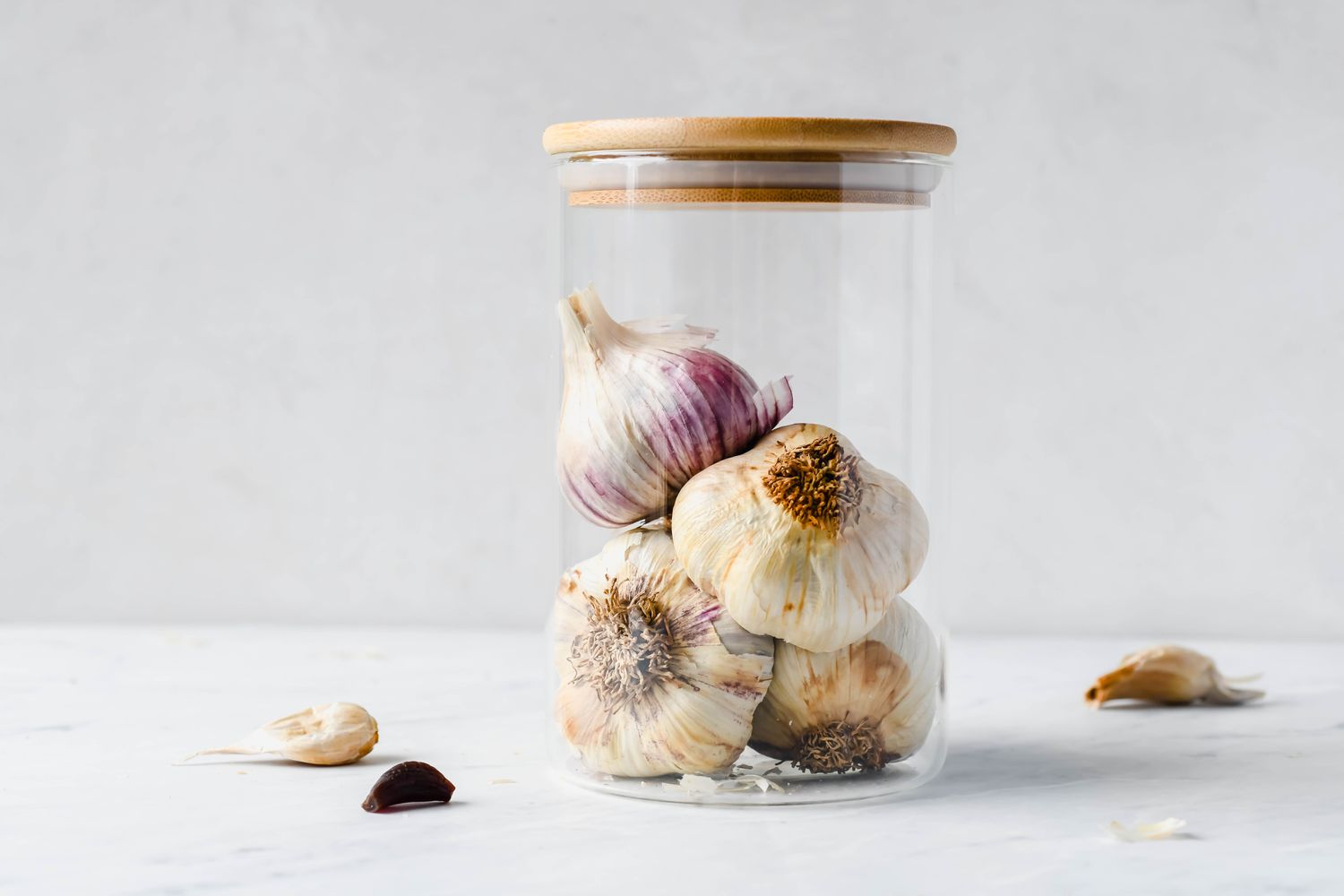
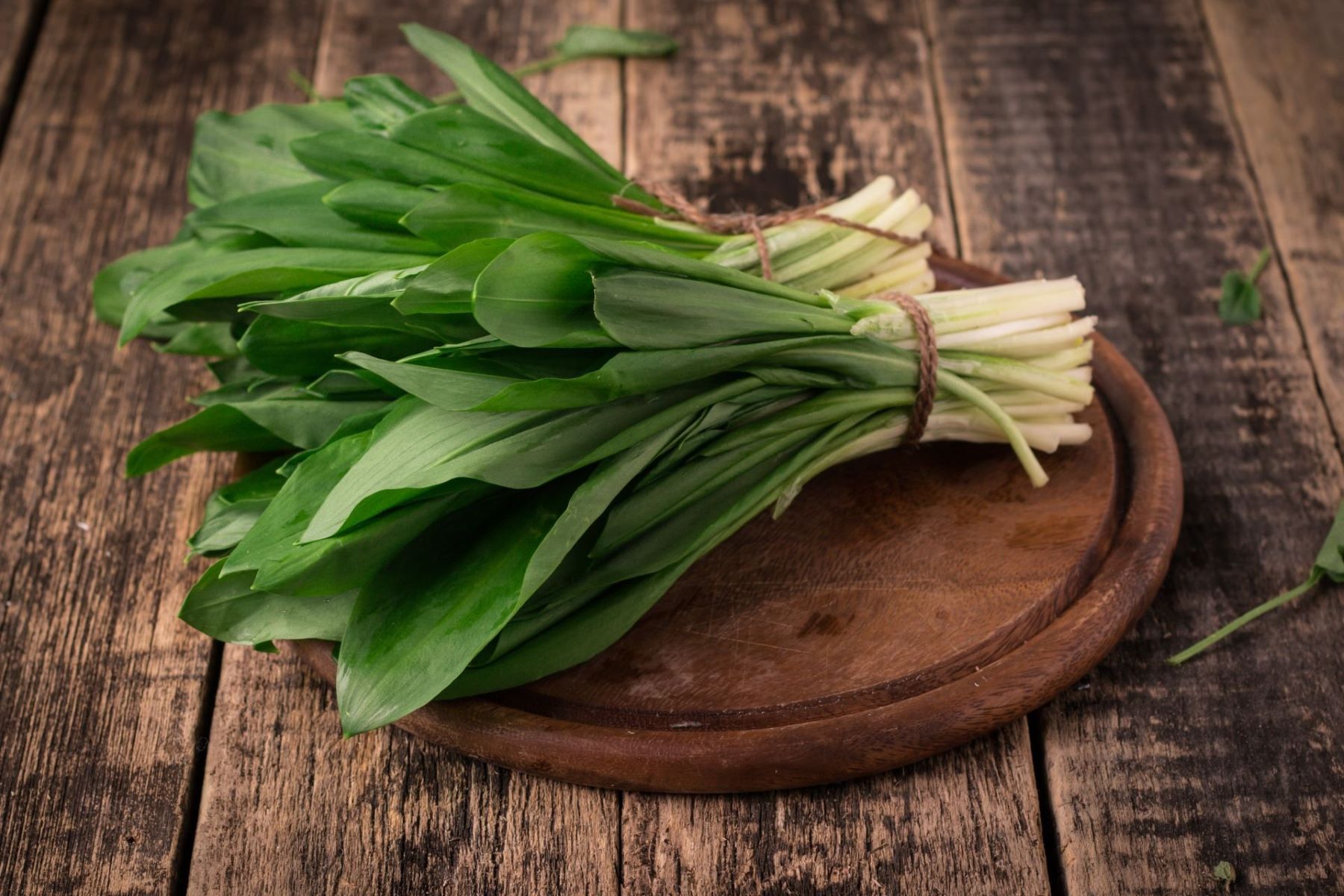
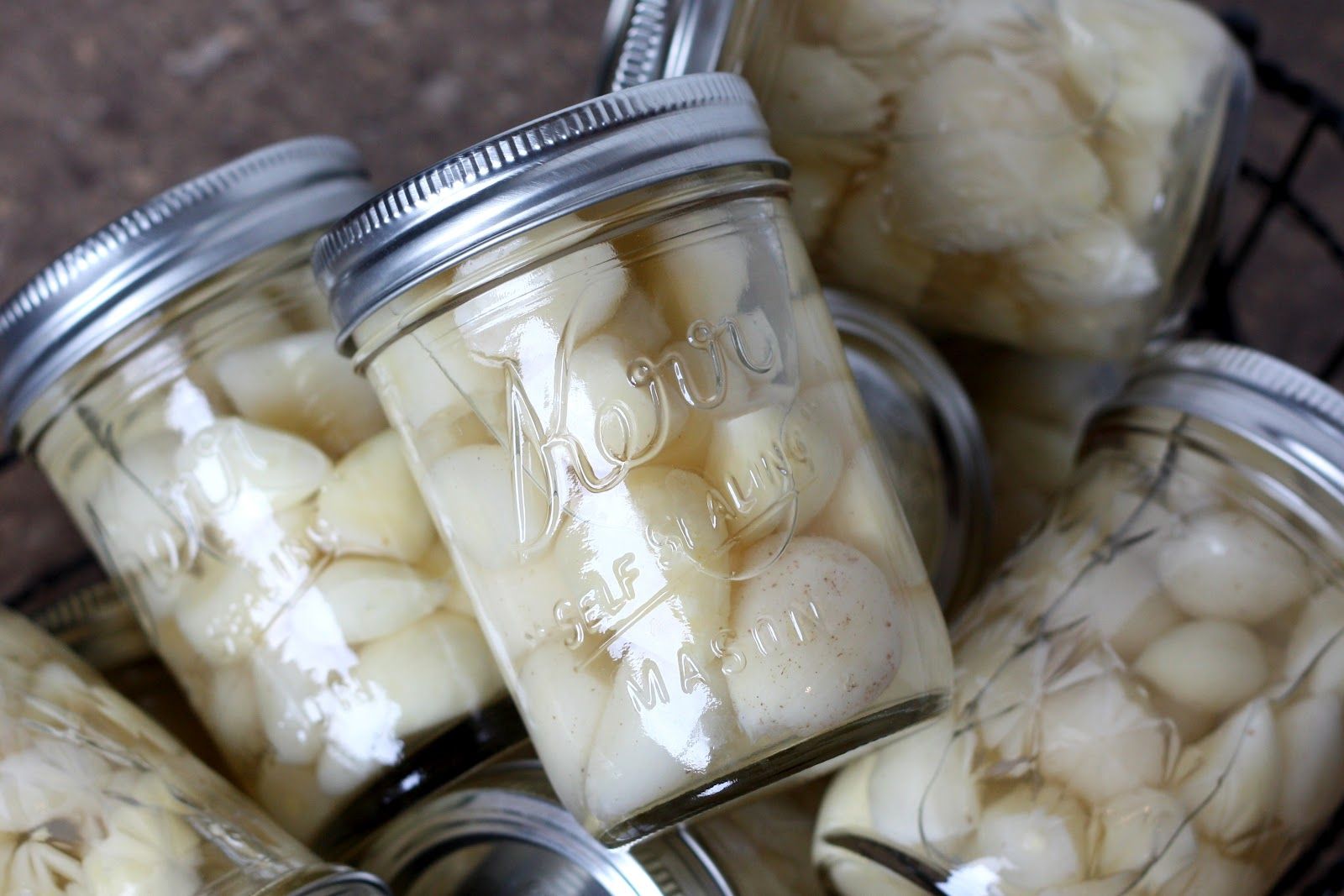
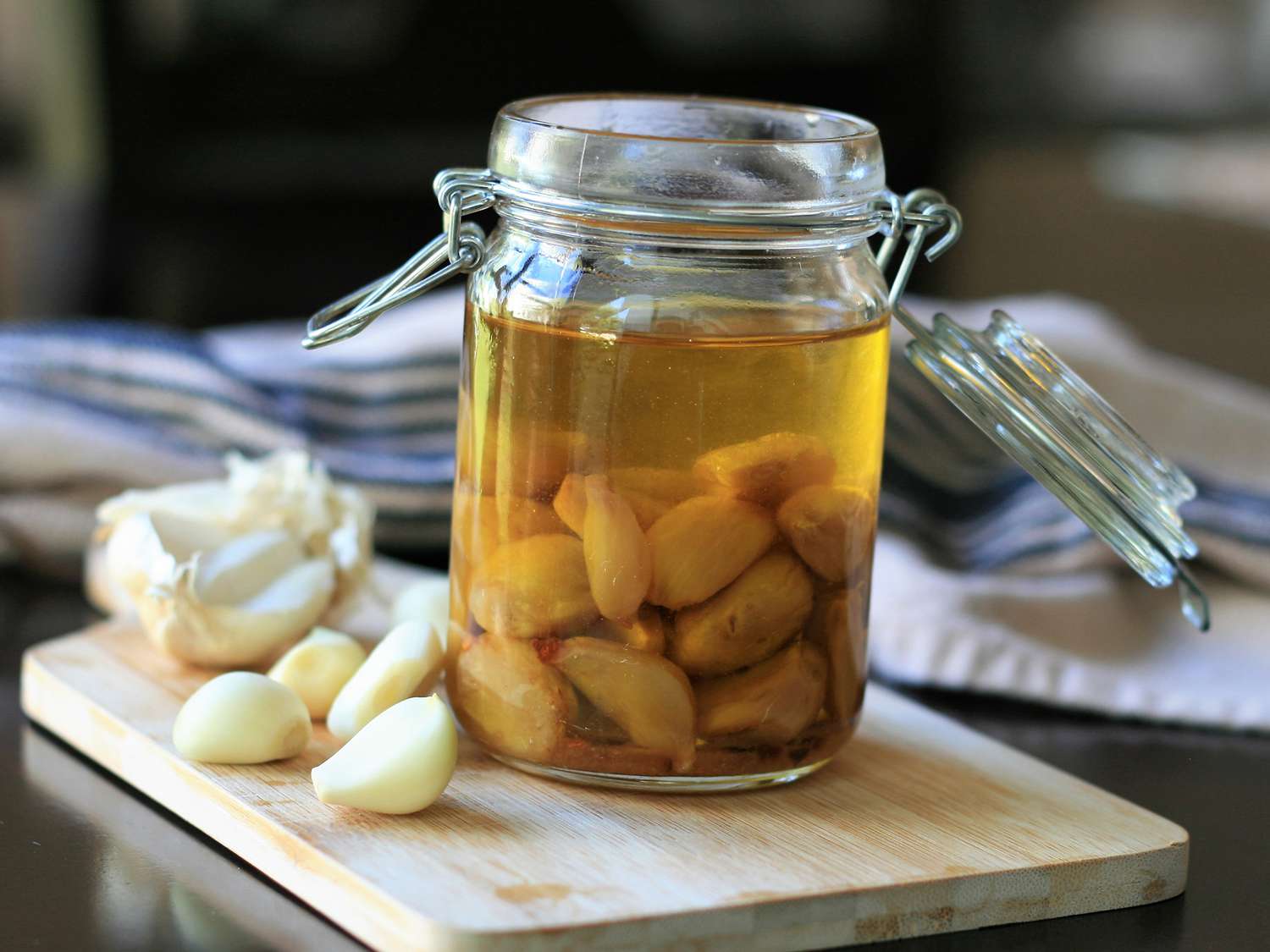
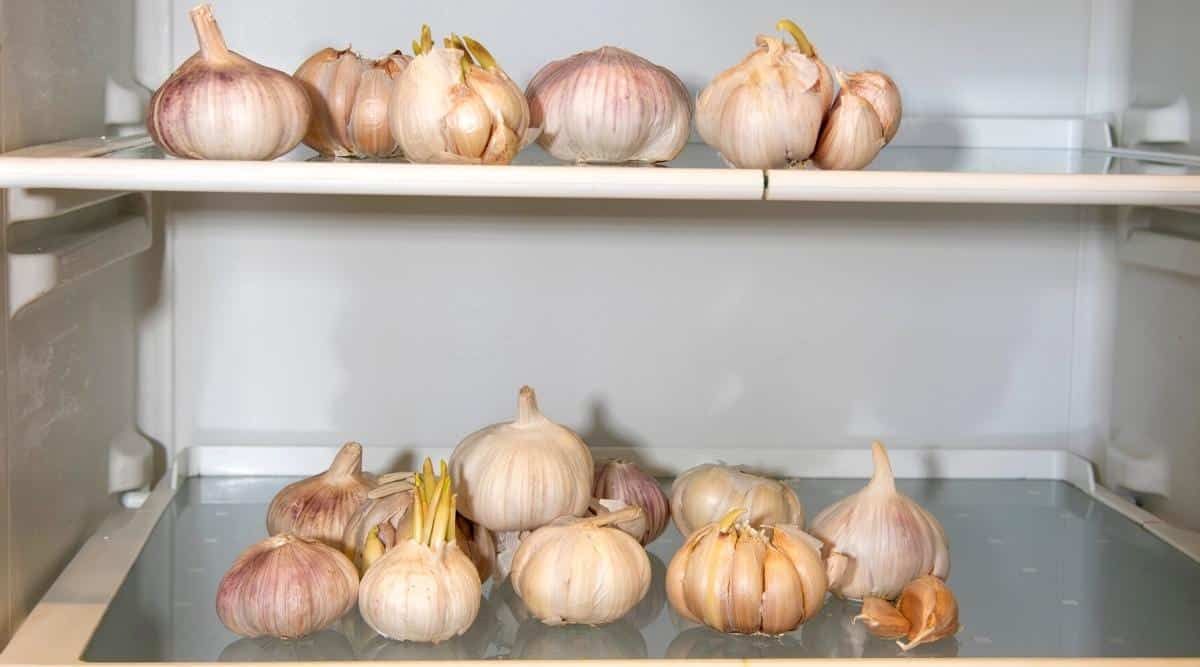
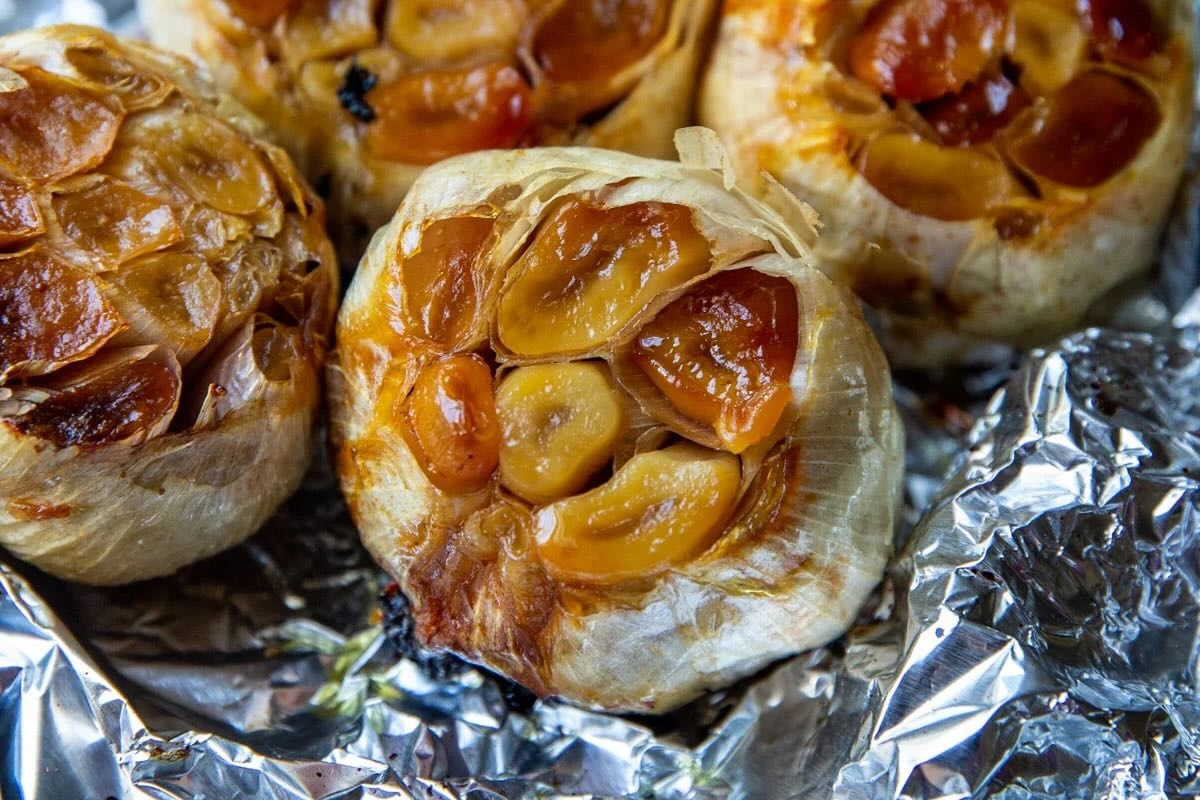
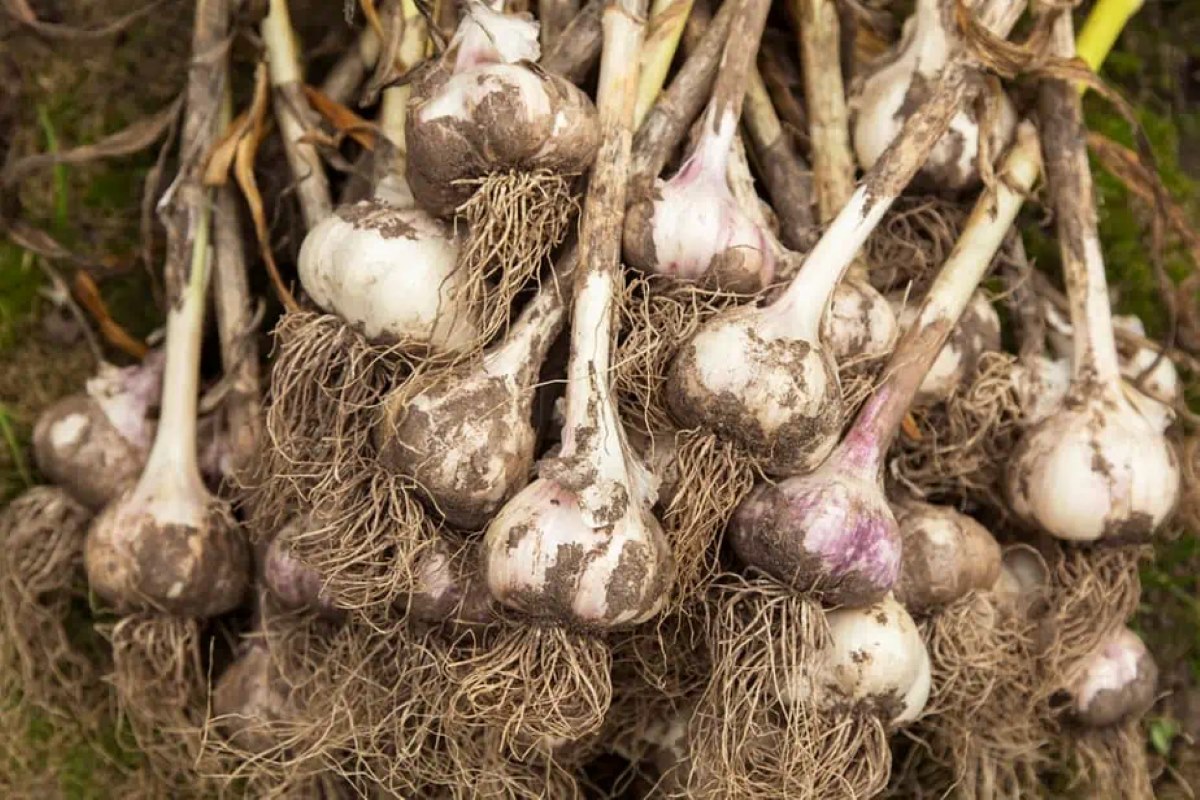
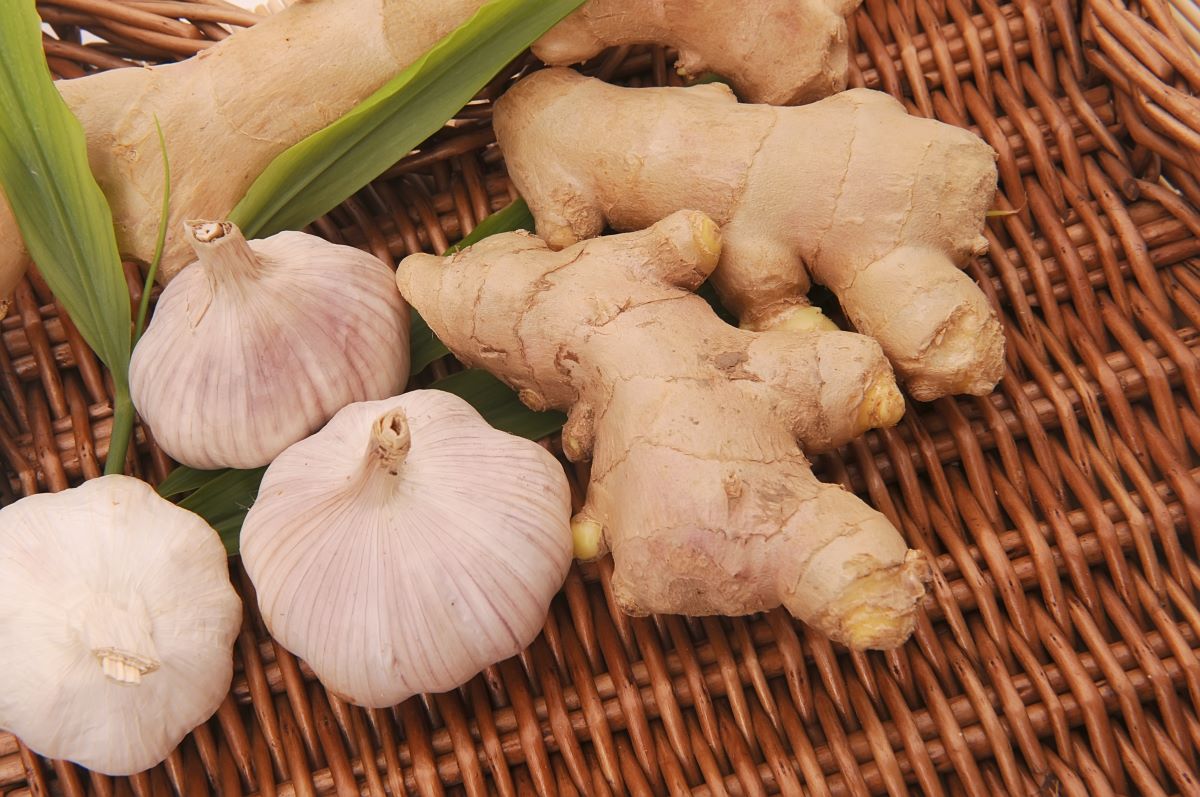
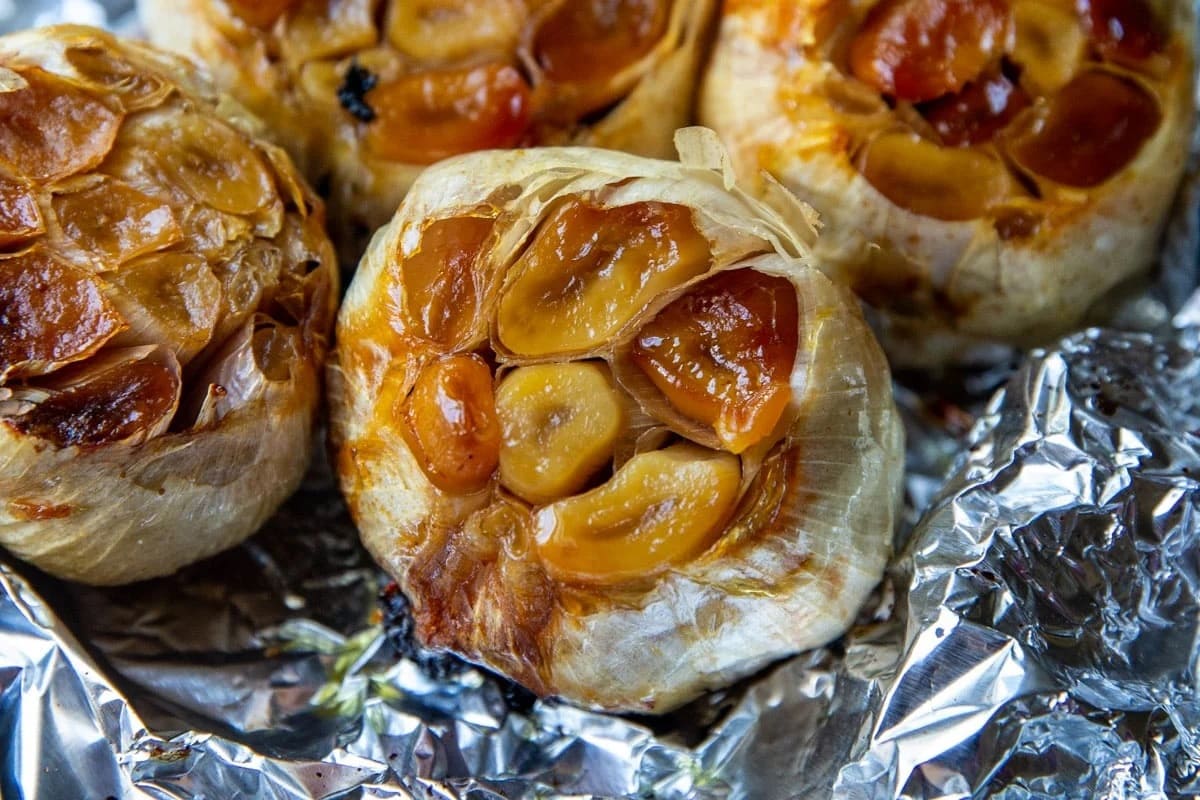
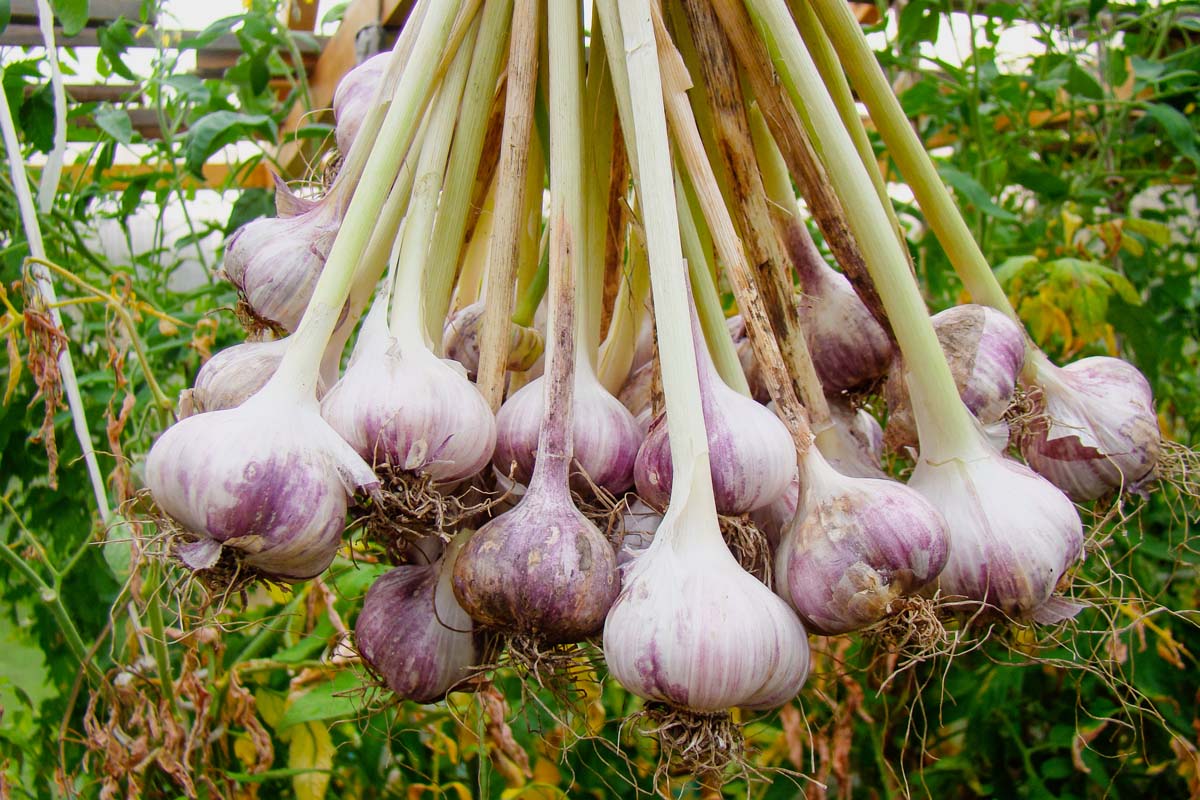
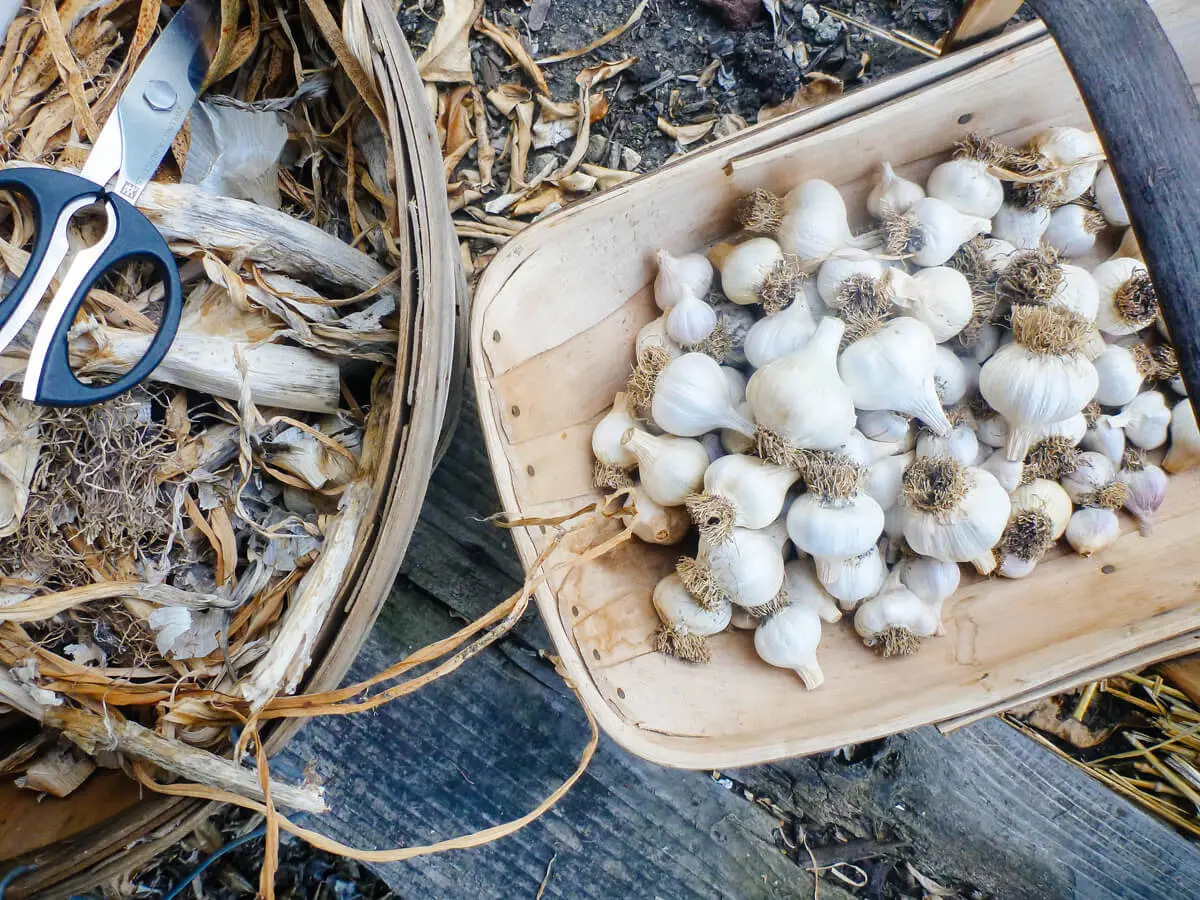
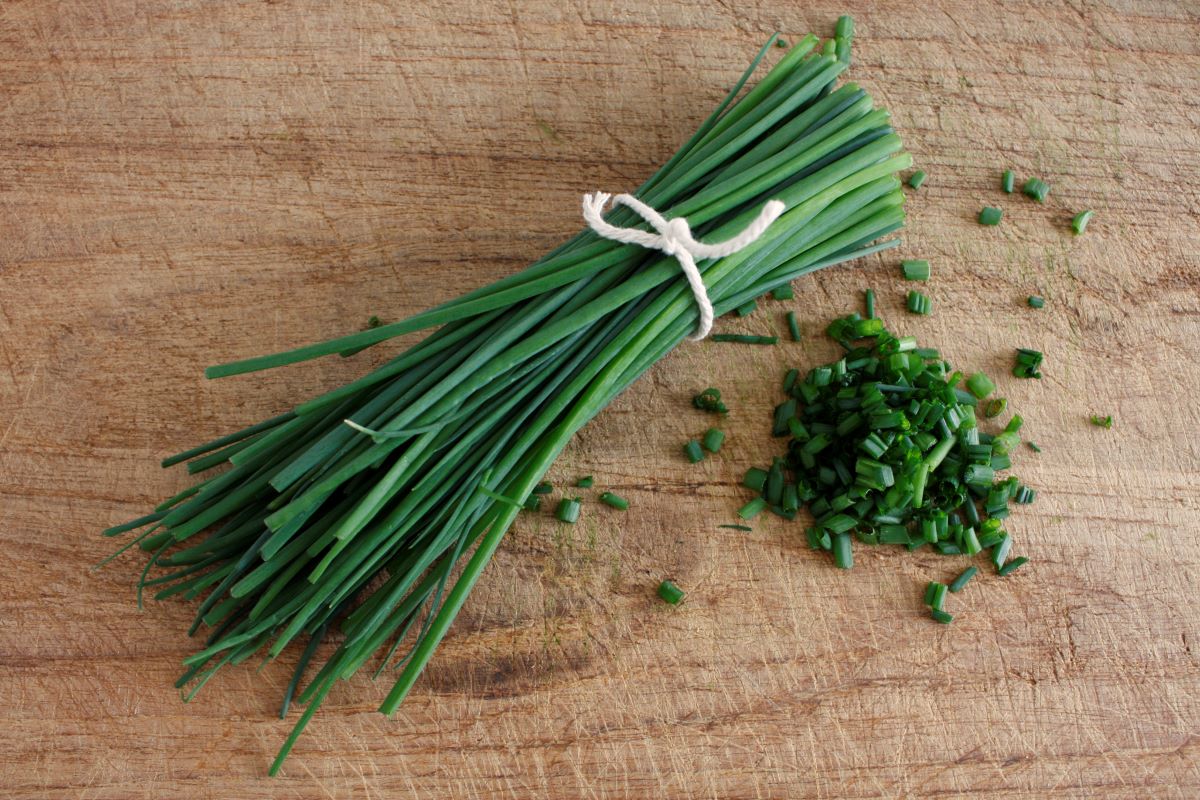
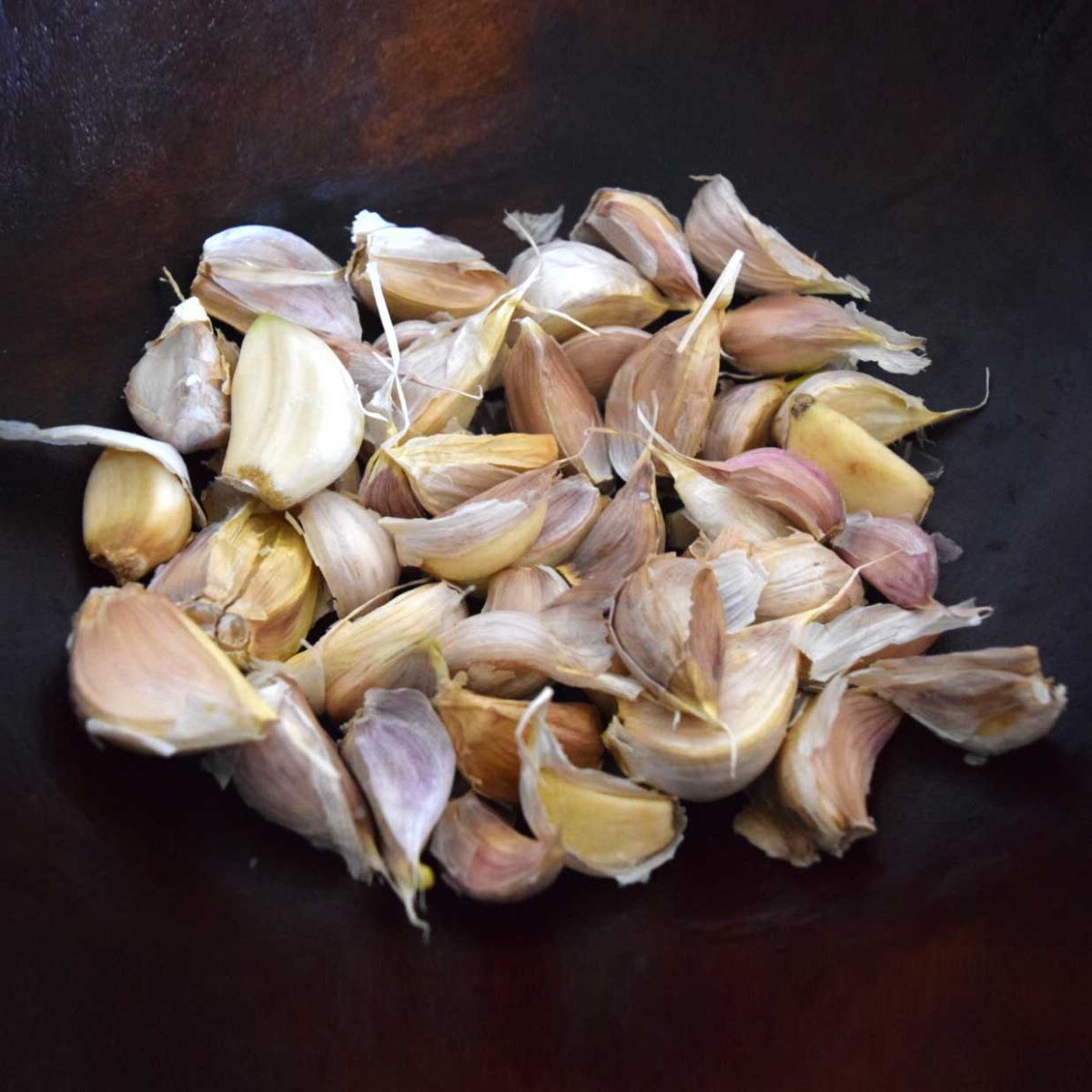
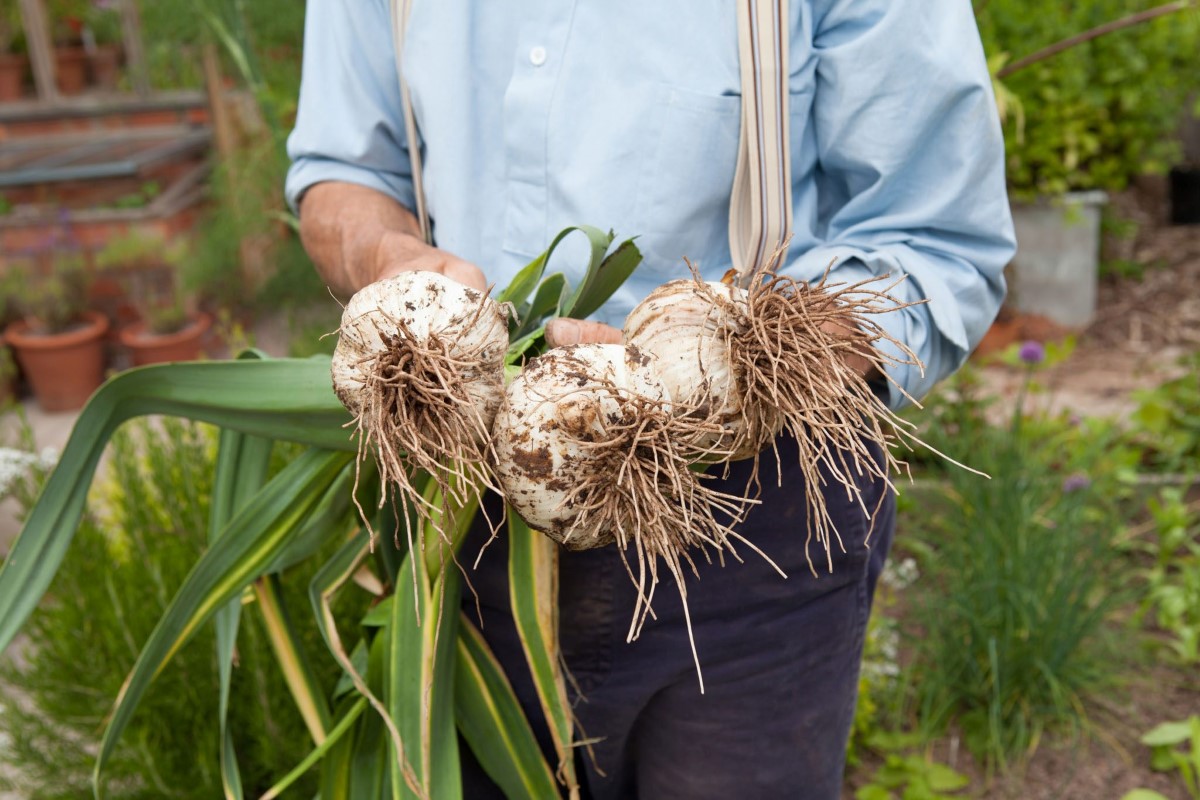

0 thoughts on “How To Store Hardneck Garlic”